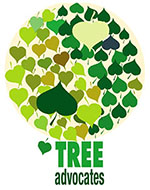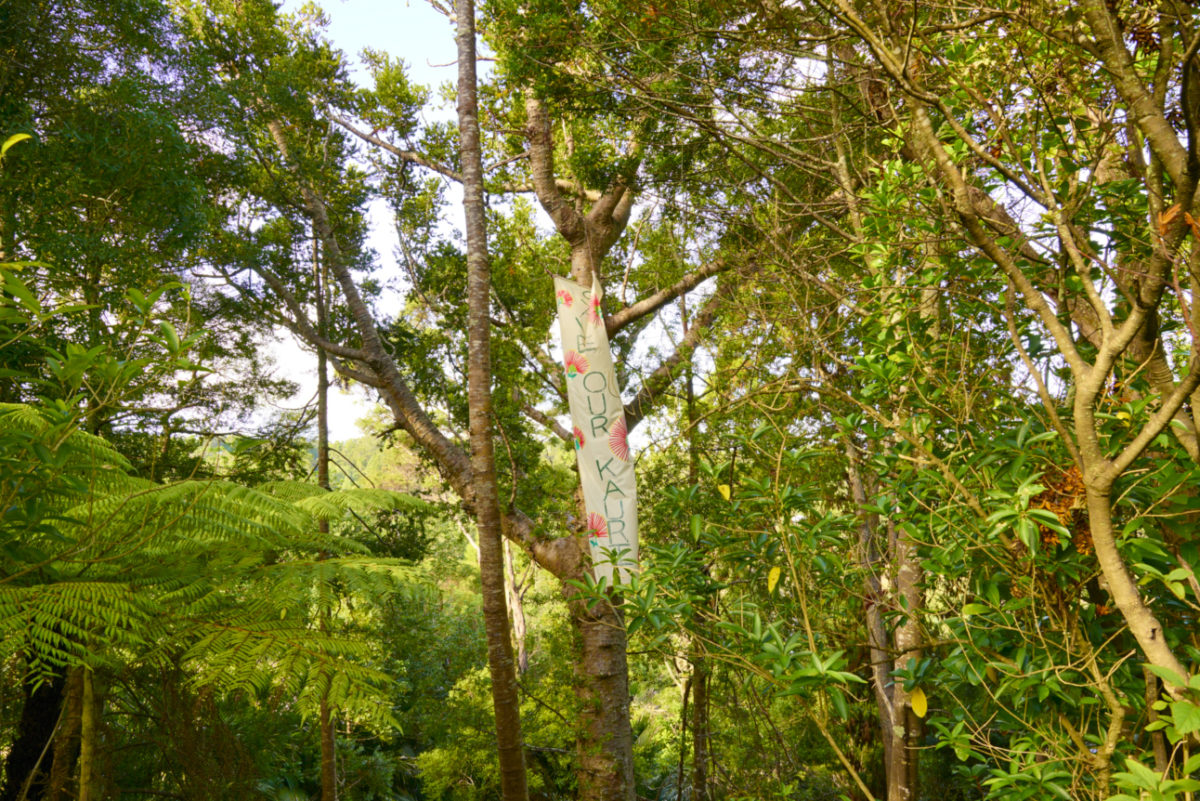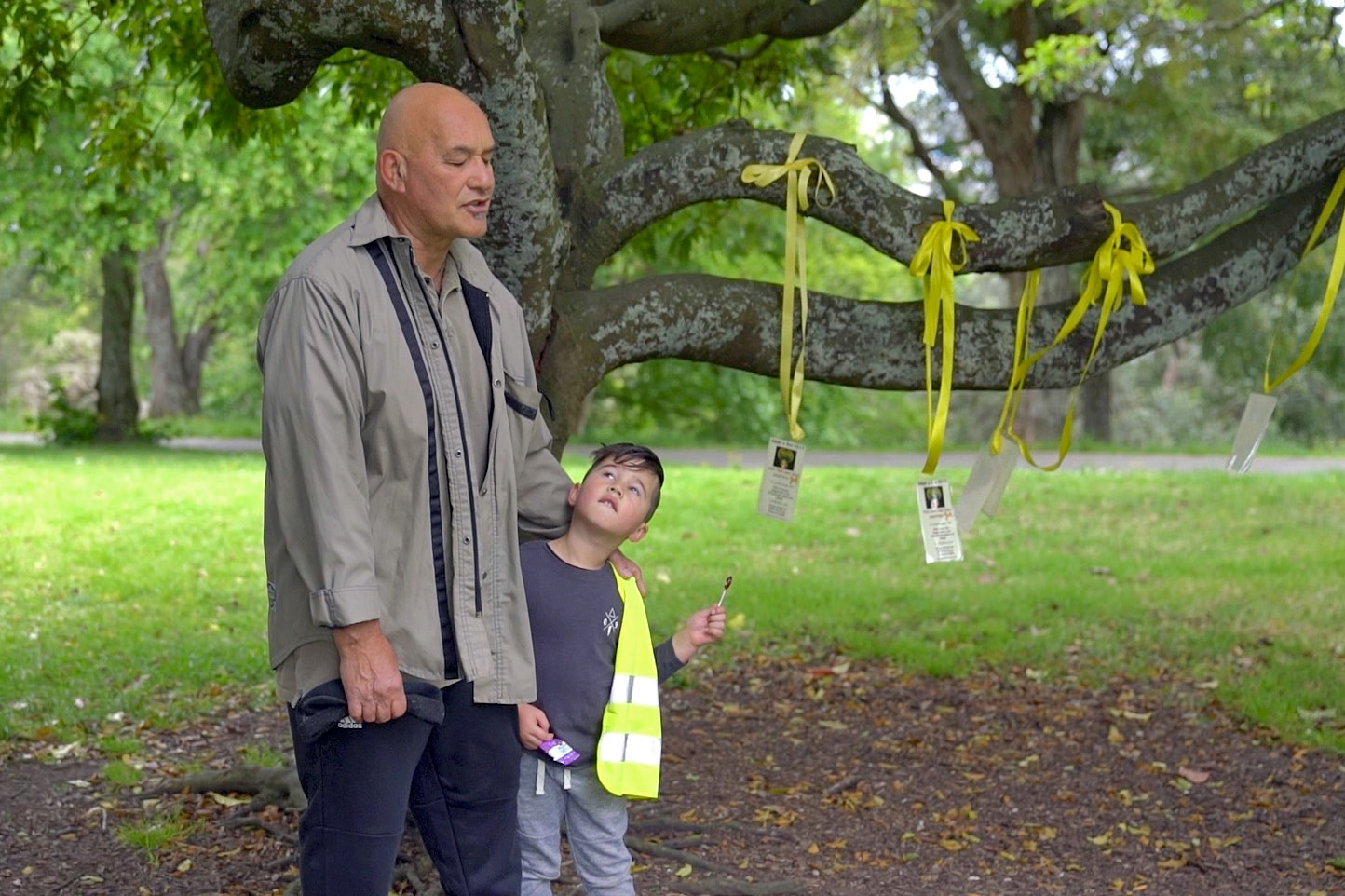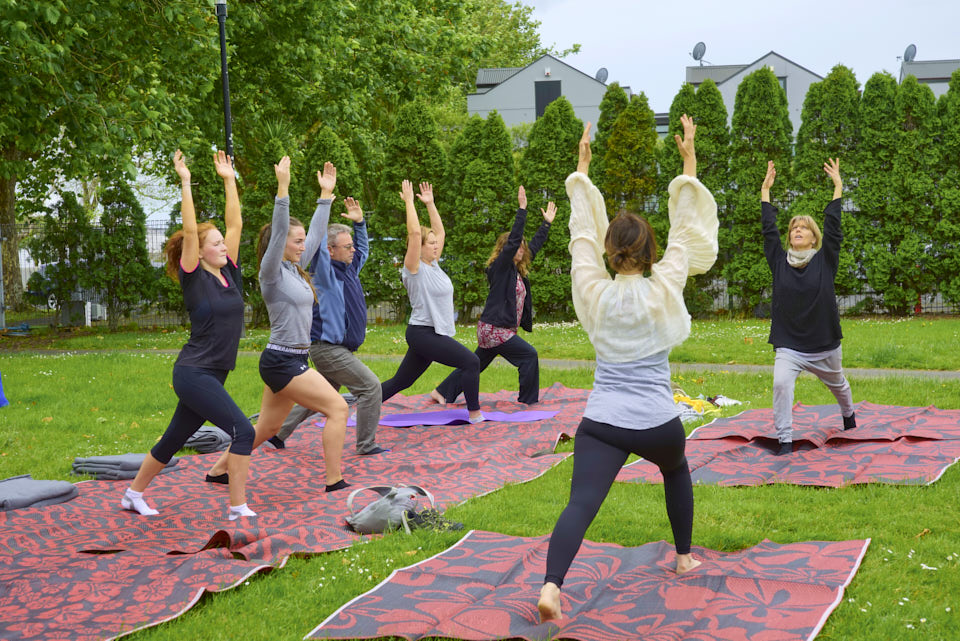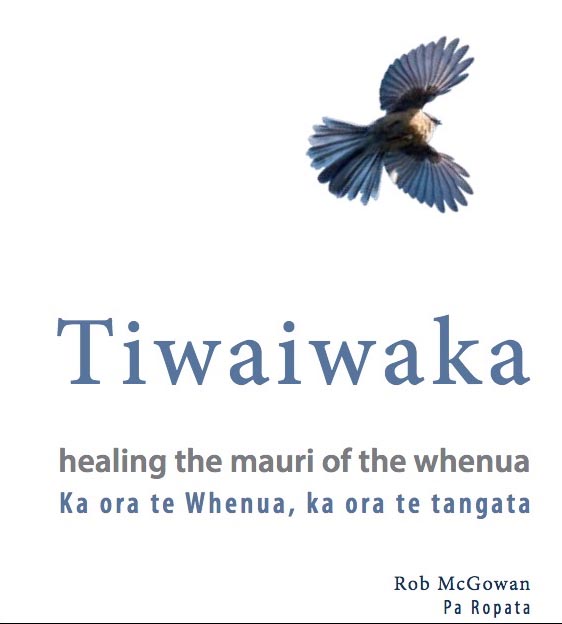The Tūpuna Maunga Authority (TMA) is seeking public input about its future plans for Auckland’s Tūpuna Maunga, ancestral mountains/volcanic cones.
You have 12 days in which to give ‘public input’ if you happen to see the request.There are to be no in-person hearings. All written feedback will be considered by the Tūpuna Maunga Authority.
Paul Majurey, chairman of the Tūpuna Maunga Authority, says “We try as hard as we can to keep people informed, we want to bring people with us.”
Exactly what is being asked here? What is the envisaged outcome? Is this supposed to be some sort of box ticking consultation? 12 days is hardly consultation. Why ask for ‘public input’ now? What will TMA do with it, change their plans and vision?
The Integrated Management Plan setting out the TMA future plans for Auckland’s Maunga is dated 2016. The TMA has already set about implementing its ‘vision’ for Auckland’s Maunga by the clearances of Auckland’s valuable healthy mature exotic trees.
Already 180 valuable mature healthy public trees on Mt Wellington/Maungarei, a Significant Ecological Area, have been destroyed by Treescape on a non-notified resource consent. Did they also remove the Scheduled Notable Macrocarpa within the Memorial Grove which was part of the plan?
152 mature healthy trees have been destroyed by Treescape on Mangere Maunga
112 mature healthy trees destroyed by Treescape on Ohuiarangi /Pigeon Mountain. Seven of the trees were over 1000 mm in diameter, one was 11000 mm.
Many of these trees were ‘protected’ trees (over 3 or 4 metres high and 300- 400mm diameter) because they are located in an Open Space Zone or Historic Heritage Overlay.
The Auckland Senior Arborist said of the Mt Wellington Resource Consent application
“I do not support the proposal to remove these trees from Maungarei for the reasons stated in the Application. There is no arboricultural reason to do so and I do not believe that the visual effects of the proposal can be dismissed as minor. I do not consider that the tree removals are in the interest of “all of Auckland’s communities and generations to come. The proposal places no value on the European historical and cultural links with the site, which is documented as predominantly the planting of the existing trees (both exotic and indigenous). The application amounts to the removal of a recognised significant urban forest feature, which further reinforces the need to assess this proposal in the wider context of eco-system services provided by trees, with particular reference to the objectives and policies at E15.2, E154.3, E16.1, E16.2, E16.3 and assessment criteria at E16.8.2.”
This assessment of the Senior Arborist of Auckland Council can be applied to the non notified resource consents obtained by TMA on Ohuiarangi and Mangere Maunga and Owairaka as well.
A further 345 healthy mature trees on Owairaka/Mt Albert another Significant Ecological Area are to be destroyed on another non notified resource consent, dated 20 February 2019.
There are plans to destroy significant numbers of valuable mature exotic trees on Mt Richmond, Mt Smart Mt Roskill, Big King, One Tree Hill, Mt St John, Mt Eden Mt Hobson, Mt Victoria and North Head.
Or as the Senior Auckland Council Arborist puts it destruction of “recognised significant urban forest” features on each of these Maunga.
But it’s the scale of the destruction of ecosystem services, biodiversity habitat and carbon release that is not being factored into this deeply misguided plan.
How can these resource consents on Significant Ecological Areas proceed as non notified when SEA overlay under the Unitary plan is supposed to be our highest level of protection?
These Resource Consents demonstrate that a SEA designation means nothing when a Commissioner can determine that “there are no special circumstances to warrant the application being notified…because there is nothing exceptional or unusual about the application” . Yet this is public amenity, financed by ratepayers, that is being destroyed and Auckland’s public have a right to be notified, according to the caselaw.
What about the Environment Aotearoa 2019 Government Stocktake report that told us that New Zealand’s environment and biodiversity were in serious trouble?
These clearances involve habitat destruction and the ecology reports are inadequate in failing to assess the effect of these clearances, let alone the cumulative effect, on loss of habitat for Auckland’s fast disappearing biodiversity that live on these Maunga trees.
New Zealand’s endemic species, including epiphytes, live on our exotic trees as well as native species and none of the reports consider what is to happen to the biodiversity in the 30 -50 years it will take for this overstorey to regrow. A forest structure is an overstorey, understorey and forest floor. In destroying these valuable overstorey trees we are destroying protection for the native understorey trees and habitat for overstorey biodiversity not to mention the hugely important carbon sequestration and habitat opportunities of senescing trees.
Most of the ecology reports I have seen are desktop assessments which means that no actual surveys are being done. Furthermore the bat studies that are being done are not best practice and are known to be ineffectual. Once again we have experts going through the motions to obtain the desired resource consent result. Development once again trumps the environmental protections of the RMA.
Let’s be clear here what the TMA is trying to do is somebody’s view of what something used to look like at some point in history and which we know is inaccurate if we think about it. What point in history do you start from ? Someone has to make the decision. So it really is HIS STORY.
To my mind the TMA non notified resource consents are challengeable and Auckland Council’s undemocratic, self-serving and unfair Resource Consent process is once again being shown up for the sham that it is.
What about the climate change declaration that Auckland Council made surely Council is factoring that into its decision-making ? No it is not. No carbon studies are being done.
Council is totally failing to take into consideration its own Urban Forest Strategy by enabling and allowing the destruction of vast numbers of Auckland’s valuable mature urban forest trees without proper oversight of the overall affect of the clearances on Auckland’s climate. Take out 100s of the most valuable mature trees and you negatively affect Auckland’s climate and the stormwater sequestration that these trees are providing.
How is this consistent with the TMA belief systems? These clearances are taking place without proper ceremony. They are destroying the web of life and the spirit of Tane’s children.
Members of the TMA speak a lot about the ‘living’ Maunga. What do they mean? Is it life on the Maunga, some forseeable life they wish to create? What is the life of this Maunga?
Papatūānuku is always changing she is never still. She nurtures all life. The trees and all who live on them, under them and over them were brought to us by Tane. All create the web of life that sustains life. The tikanga is that we must not harm, we must uplift and be protective of plants, trees and biodiversity. The whakapapa of plants and trees is senior to humans they were created before people. There is therefore a duty of care to protect trees, they are our ancestors.
The way forward is Tiwaiwaka.*
It is a collective of people committed to healing the mauri of the whenua. Caring for the whenua is the first priority. Everything else must be measured against this.
The greatest gift we can give to coming generations is a world that is worth living in!
Note your ‘public input’ has to be in by 5pm 16 August 2019 to:
MaungaStrategies@aucklandcouncil.govt.nz
Wendy Gray : 6 August 2019
*Note: With thanks to Rob McGowan (Pa Ropata) for his principles of Tiwaiwaka for more details



